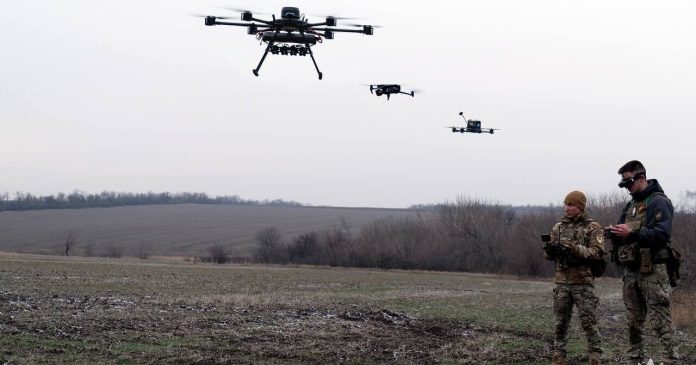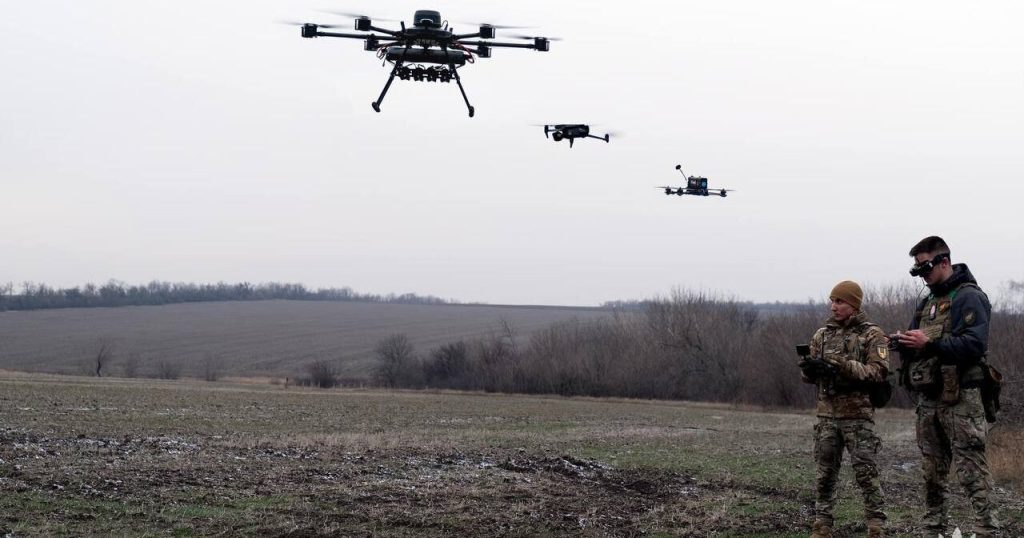
ANorth Korean missile system that was once considered a player to be contended with on Ukraine’s front line was recently destroyed by a Ukrainian drone attack an event that encapsulates the shifting dynamics of modern war. The destruction of the M1991 MLRS at Novopavlivka is not just a war anecdote; it’s a window into the intricate web of arms supplies, tech innovation, and shifting strategies defining Russia’s conflict with Ukraine in 2025. This specific attack, captured on UAV cameras and widely shared by Ukrainian outlets, speaks to both the vulnerability of legacy artillery and the disruption power of unmanned aerial vehicles.
For defence and military strategists, technology enthusiasts, the implications run far broader than the life of a single launcher. The M1991’s life from North Korean stockpiles to Russian ownership, its intended service function, and its ultimate burial at the hands of a first-person view drone are exemplary in the intermingling of old and new armies. Below are eight fascinating lessons from recent developments on Ukraine’s war-torn battlefields.

1. The M1991: A North Korean Upgrade of a Soviet Classic
The North Korean M1991 MLRS is an evolution of the ageing Soviet Uragan system but with typical features that are peculiar to itself. Fitted with 22 rocket tubes in a three-row launcher, it can fire a salvo of 240mm unguided rockets to ranges of 60 kilometers, covering vast target areas in a saturation of fire. While its roots are found in the Cold War, the M1991’s use in Ukraine is the first time that North Korean heavy artillery has been employed in a European conflict.
As Defence Blog reports, Russia has received dozens possibly up to 100 of these systems from Pyongyang over the past few months. Their arrival marks a new era in Russian-North Korean defence cooperation, one that exploits surplus hardware for immediate battlefield impact.
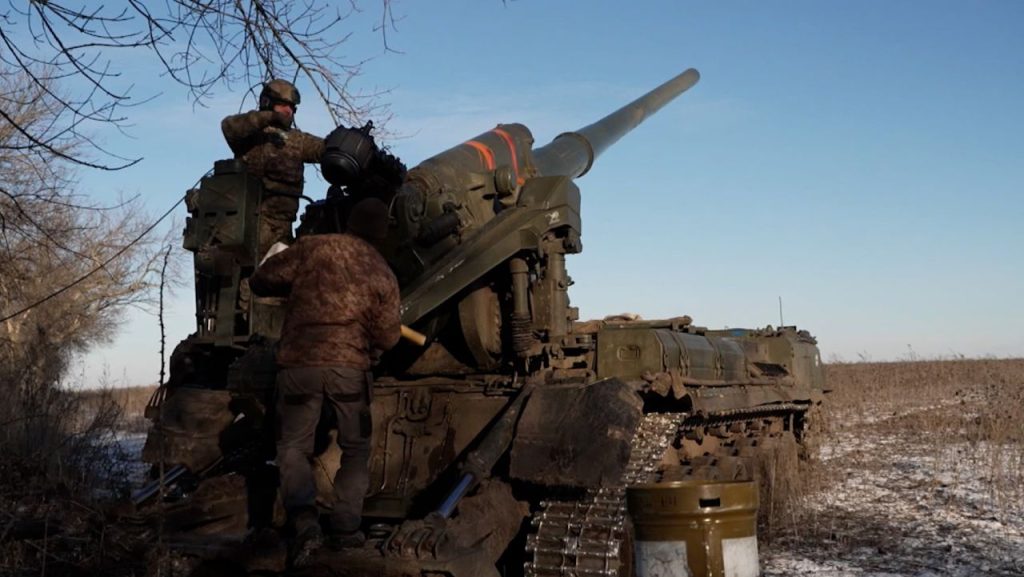
2. Ukrainian Drones: Precision Strikes Against Heavy Artillery
The annihilation of the M1991 at Novopavlivka shows the ascendancy of UAVs in modern warfare. A video shot by Ukraine’s Unmanned System Forces shows an FPV drone approaching the rocket tubes and detonating its payload, which resulted in a catastrophic secondary explosion. In addition to taking out the launcher, the attack also ignited its ammunition, and the chain reaction rendered the entire system inoperable.
These are the new normal as Ukrainian forces employ drones to destroy top-priority targets deep in enemy territory. Defence Blog explains that such attacks disrupt Russia’s ability for massed fires and demonstrate growing vulnerability of traditional artillery to rapid, low-cost UAVs.

3. North Korean Ammunition: The Backbone of Russian Artillery
Perhaps the most remarkable trend is the volume of North Korean ammunition entering Russia. Reuters and the Open Source Centre have monitored 64 shipments since September 2023 for a total of nearly 16,000 containers and millions of rounds of artillery shells. Ukrainian officials estimate that North Korean shells now make up up to 70% of the ammunition used by some Russian artillery units.
“North Korea’s contribution was strategically vital,” Reuters reported former U.N. panel coordinator Hugh Griffiths as saying. Without this supply, Russia’s artillery capability would have been severely crippled, possibly altering the course of the war.
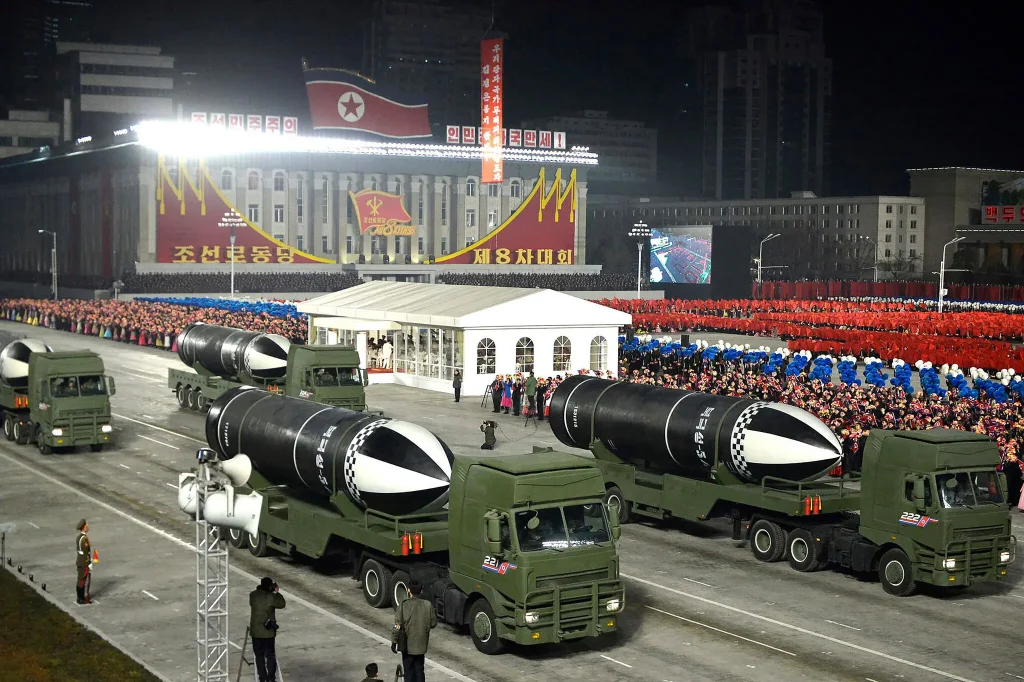
4. The Chain of Logistics: From Rajin to the Front in Ukraine
North Korean weapons odyssey is a logistic success in itself. According to RUSI, exports depart Rajin port in North Korea, travel on Russian-flagged vessels to Vostochny and Dunai, and then by rail to ammunition storage facilities around Ukraine. Satellite photos and shipping data confirm the regularity and scale of these shipments, averaging three shipments per month since late 2023.
These lines of resupply have enabled Russia to maintain a high rate of fire at times nine shells for every one fired by Ukraine dividing the fuel for enormous attacks and preventing Ukrainian breakthroughs. Loss of large depots, such as the Tikhoretsk depot, briefly retarded this flow but failed to significantly tip the balance.
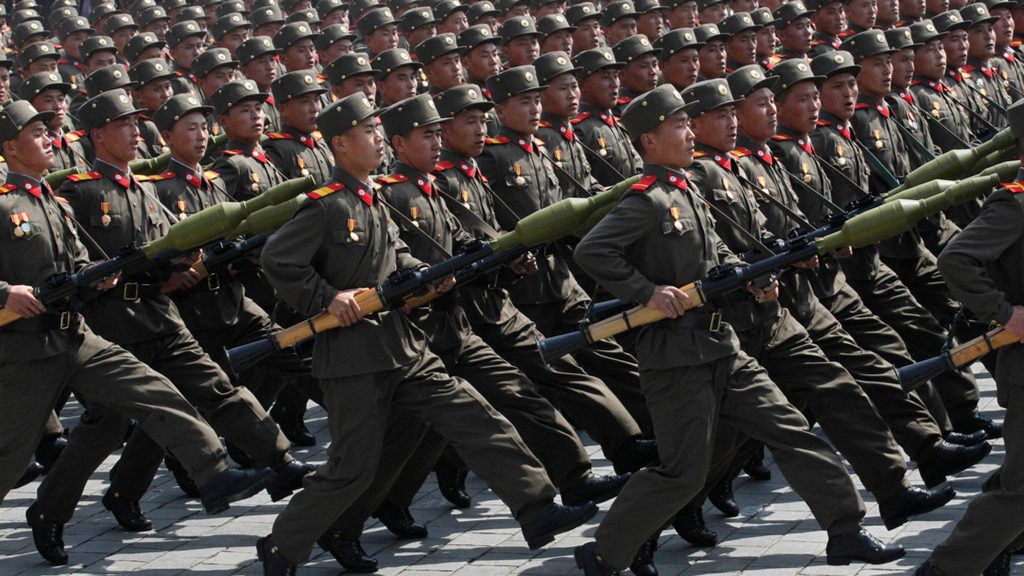
5. North Korean Troops and Engineers in Russian Territory
Other than ammunition, North Korea’s direct input has been to human resources. Between 10,000 and 10,000 North Korean soldiers and thousands of engineers and builders have been engaged in Russian Federation operations in the Kursk area since the second half of 2024, according to Atlantic Council and UK Ministry of Defense.
These troops, who have been repeatedly used as assault forces, have been roundly slaughtered but have proved resilient enough to keep up with modern war, particularly in drone attacks. Their use is a deep escalation of the Russia-North Korea partnership and is a sign of possible concerns about broader regional ramifications.
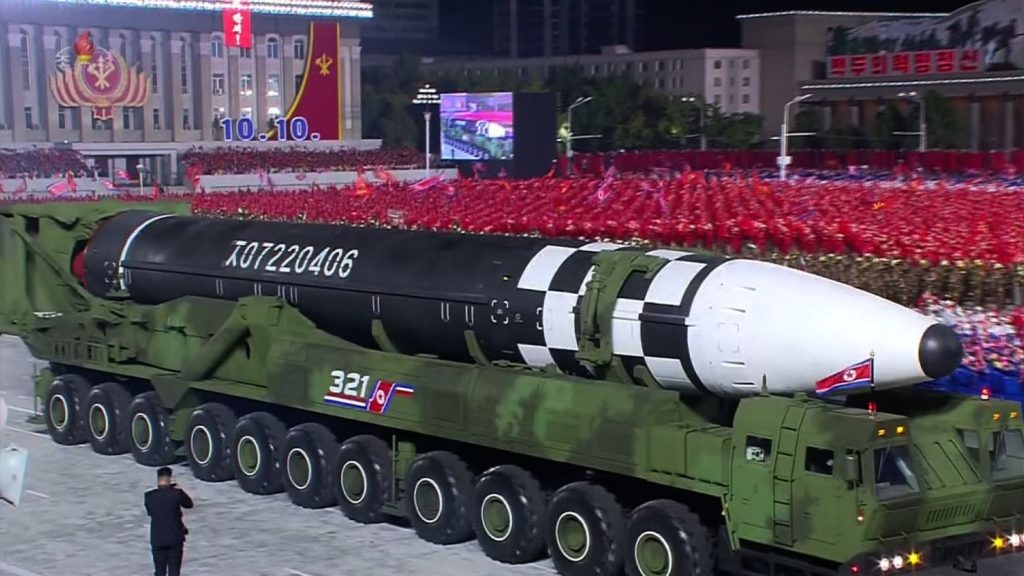
6. Ballistic Missiles: North Korea’s Growing Arsenal in Ukraine
The North Korean contribution is not artillery alone. By January 2025, it had supplied Russia with 148 KN-23 and KN-24 ballistic missiles, Ukrainian military intelligence as cited by The Guardian reported. They have been used to bombard Ukrainian cities, including a deadly attack in Kyiv.
While initial reports hinted at reliability and accuracy issues, recent models have come a long way precise to 50–100 meters, claims Ukrainian intelligence chief Kyrylo Budanov. Such field testing is providing Pyongyang with valuable data to continue developing missile technology.
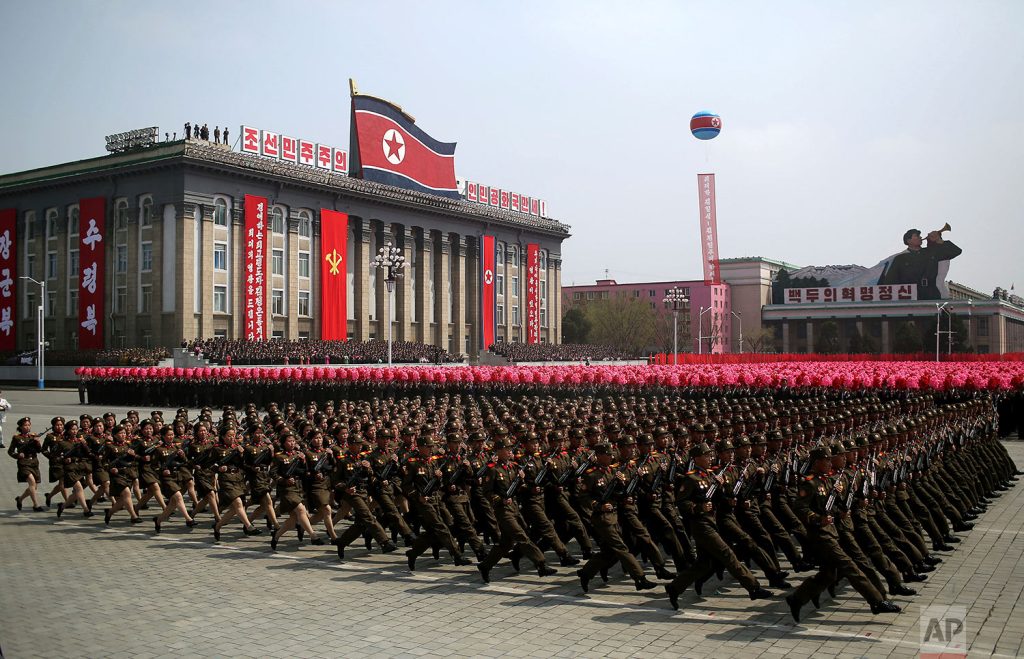
7. Mutual Benefits: Russia’s Technological Transfers to North Korea
The union is not one-sided. In exchange for ammunition and manpower, North Korea is reported to be receiving Russian defense technology like air defense, electronic warfare, and assistance in developing attack drones, the Atlantic Council reports.
This transaction is modernizing North Korea’s military and may have profound impacts on security in East Asia. Field testing of North Korean hardware in Ukraine, meanwhile, gives Pyongyang a rare opportunity to test and develop its weapons in combat environments.
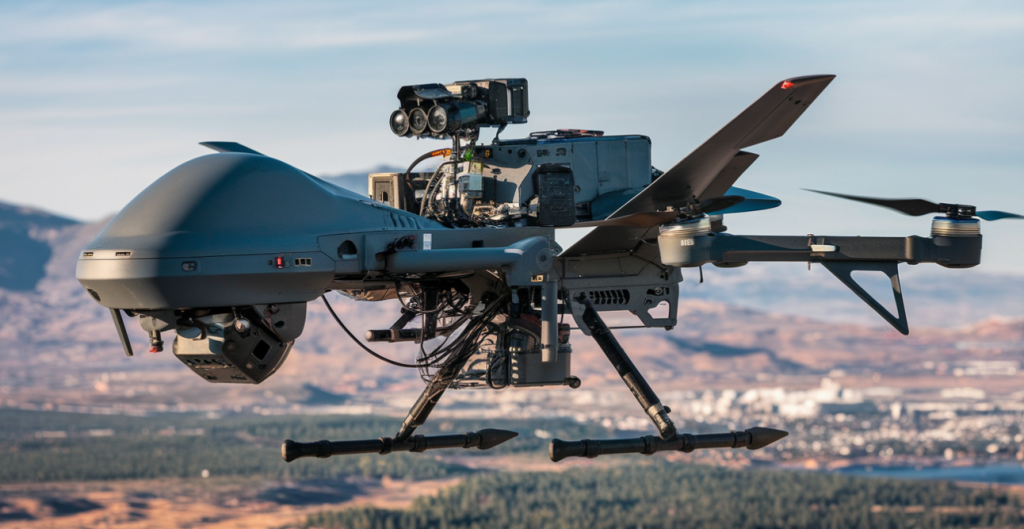
8. The Tactical Impact: Drones Redefining Artillery Warfare
The blowing up of the M1991 by a Ukrainian FPV drone is indicative of a trend: UAVs are increasingly able to strike and destroy even highly armoured, mobile artillery systems. Studies in such journals as the ASME Proceedings and SAGE Journals find the challenges of stabilising and protecting MLRS platforms during firing and manoeuvring. But as the final attack demonstrates, even the best engineering can be broken by the versatility and accuracy of modern drones.
The stakes are profound: traditional artillery concepts are being reversed, and the race to get caught up through counter-drone systems, increased mobility, or hardened platforms is at the centre of the future of land combat.
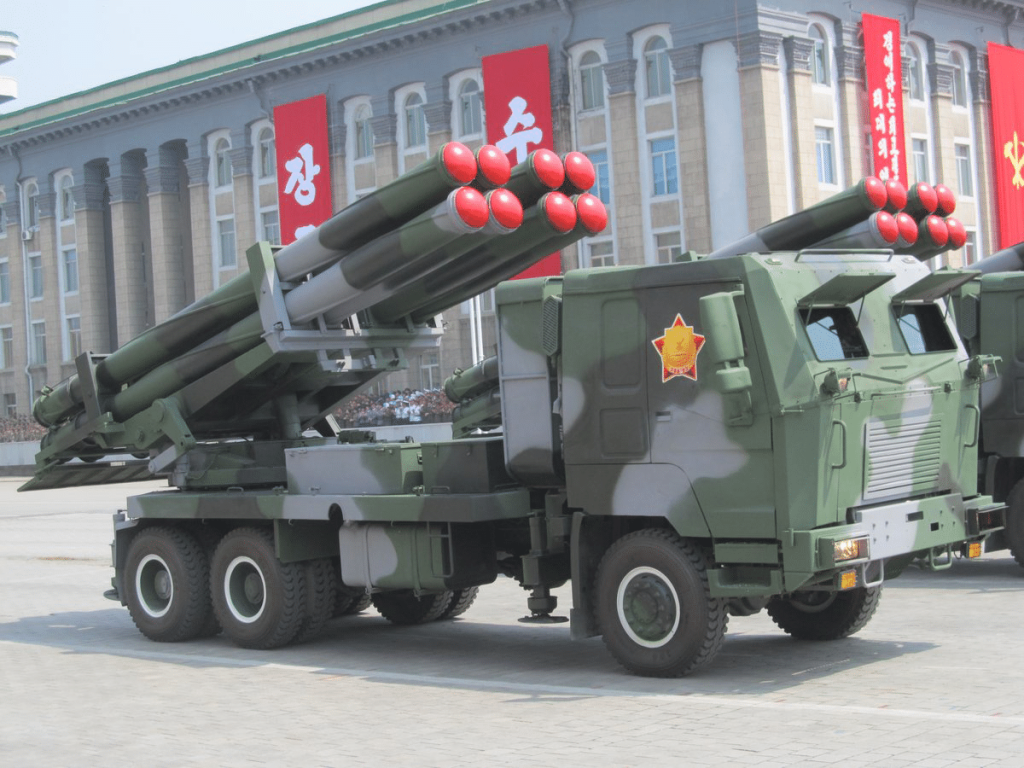
The destruction of North Korea’s M1991 rocket system by a Ukrainian drone is not merely a tactical victory it is a representation of the technical, logistical, and strategic upheaval transforming the battlefield today. The coming together of old-fashioned artillery, ubiquity of mass munitions, and cutting-edge UAV doctrine is driving innovation and adjustment in all directions. The more the Russia-Ukraine war continues, the more the lessons of these wars will reverberate far beyond the borders of Eastern Europe and influence military strategy and defence technology for decades to come.
